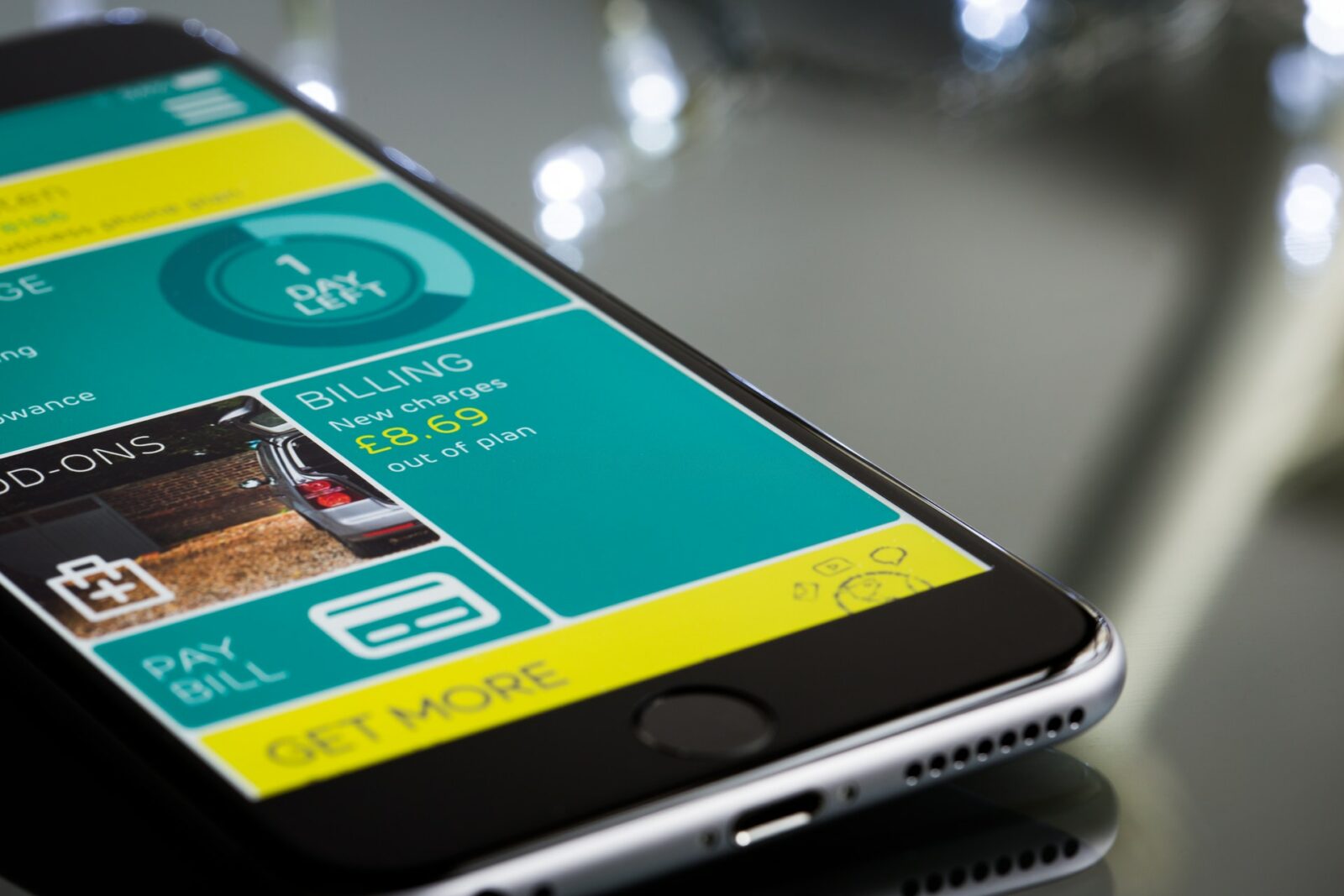
Interaction Design, like Service and Experience Design, can be slippery to define because it is most concerned with how people interact with interactive design outcomes.
Interaction Design (IxD) is the design of interactive products and services in which a designer’s focus goes beyond the item in development to include the way users will interact with it. Thus, close scrutiny of users’ needs, limitations, and contexts, etc. empowers designers to customize the output to suit precise demands. (Interaction Design Foundation)
Clear as mud?
For our purposes, the most important part of this definition is the “interactive products” part. Think about design outcomes you have used—which ones did you truly interact with? In other words, which outcomes gave you active feedback as you used them. Posters? Nope. Buildings? Nope. If you’re thinking websites, smartphone apps, and touchscreens, you’re on the right track. These devices allow users to interact with content via interfaces that can be dynamic and often involve motion and sound.
Check out this video, Meet an Interaction Designer for Google Search on iOS, feat. Noah for some insights into interaction design.
Interaction Design Outcomes
A few Interaction Design outcome examples:
- Smartphone apps
- Websites
- Digital kiosks
- Parking meter interfaces
- Airport check-in stations
UI vs UX Design
What is Interaction Design?
References
What is Interaction Design?—Interaction Design Foundation